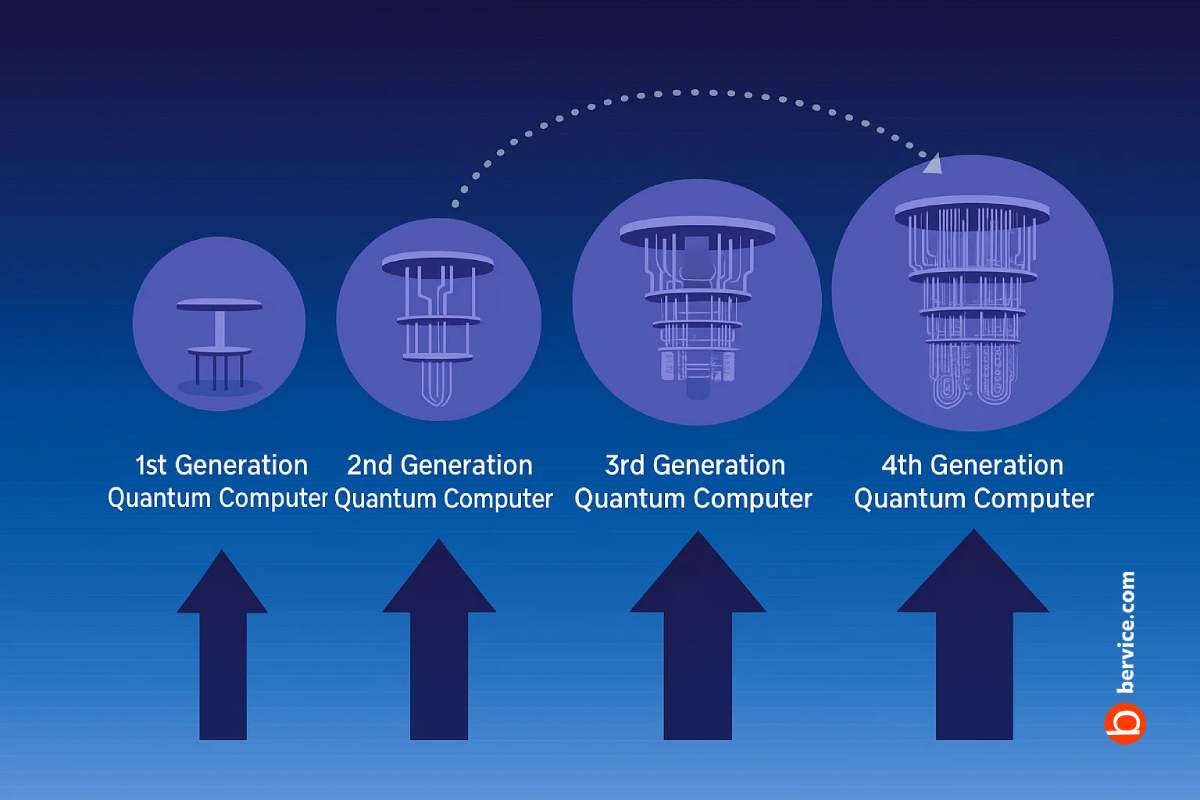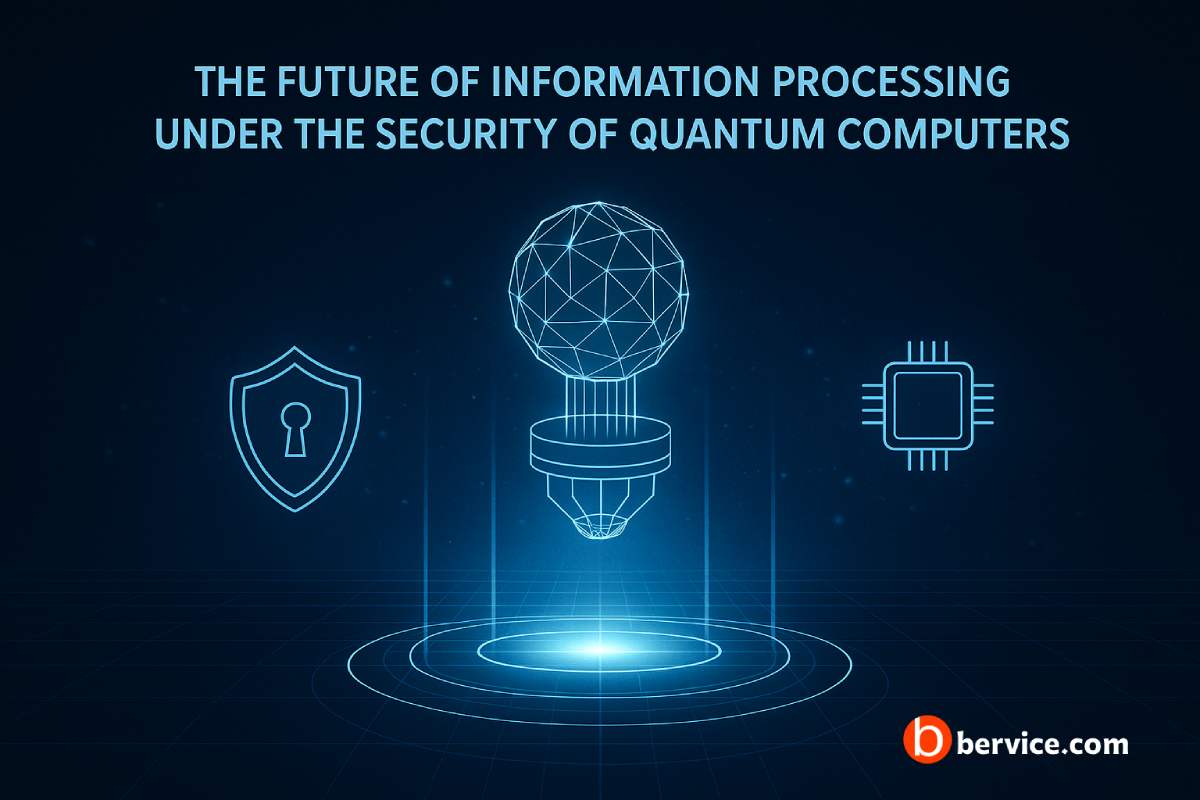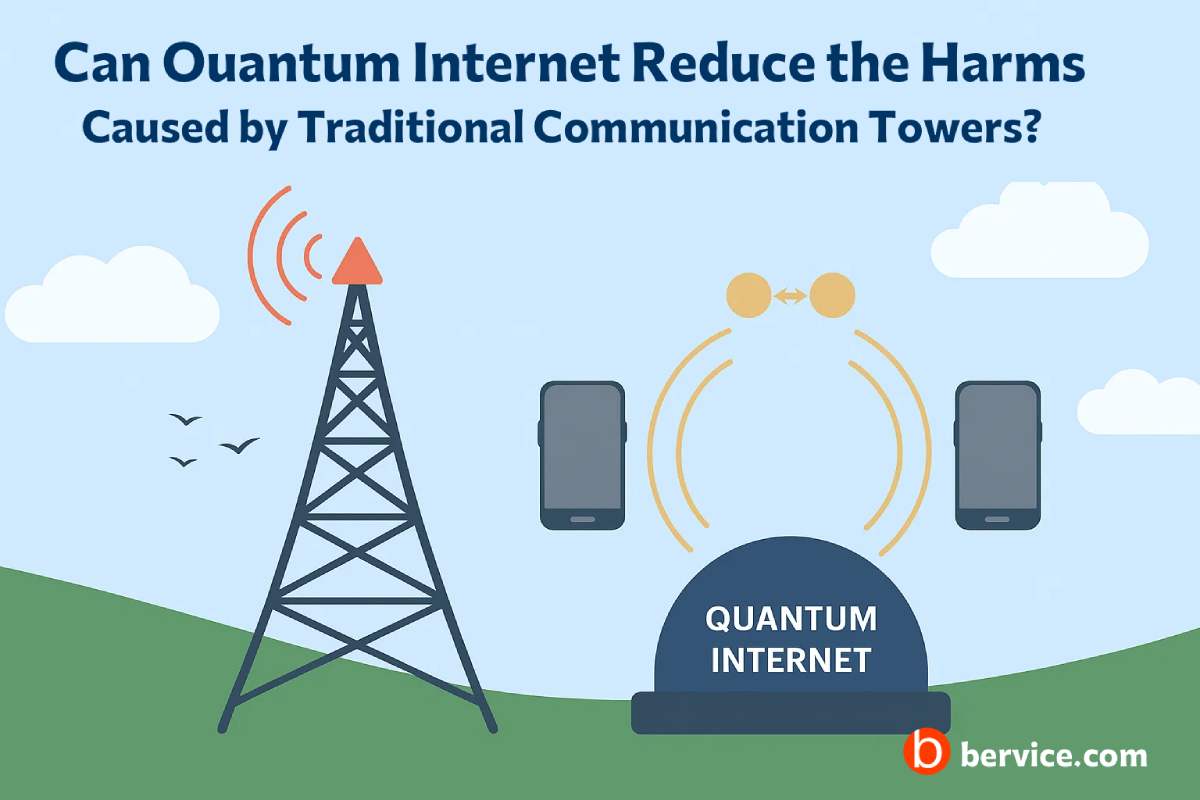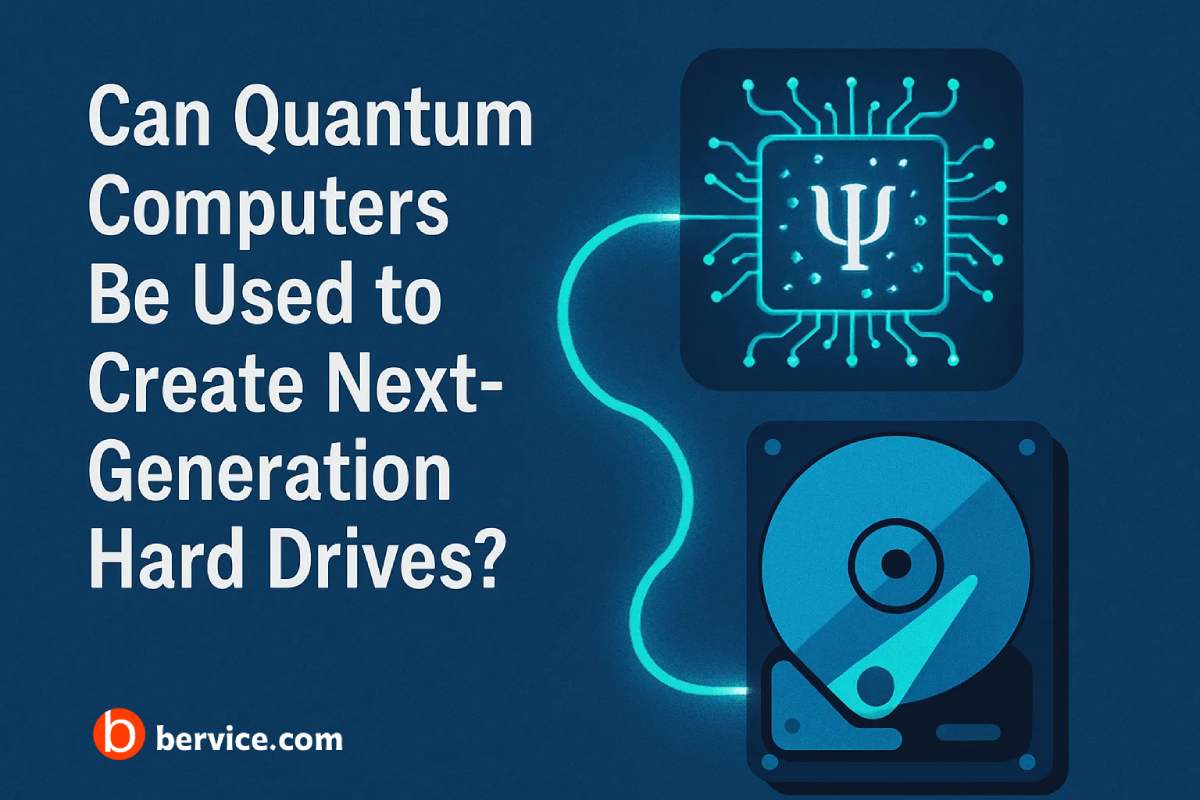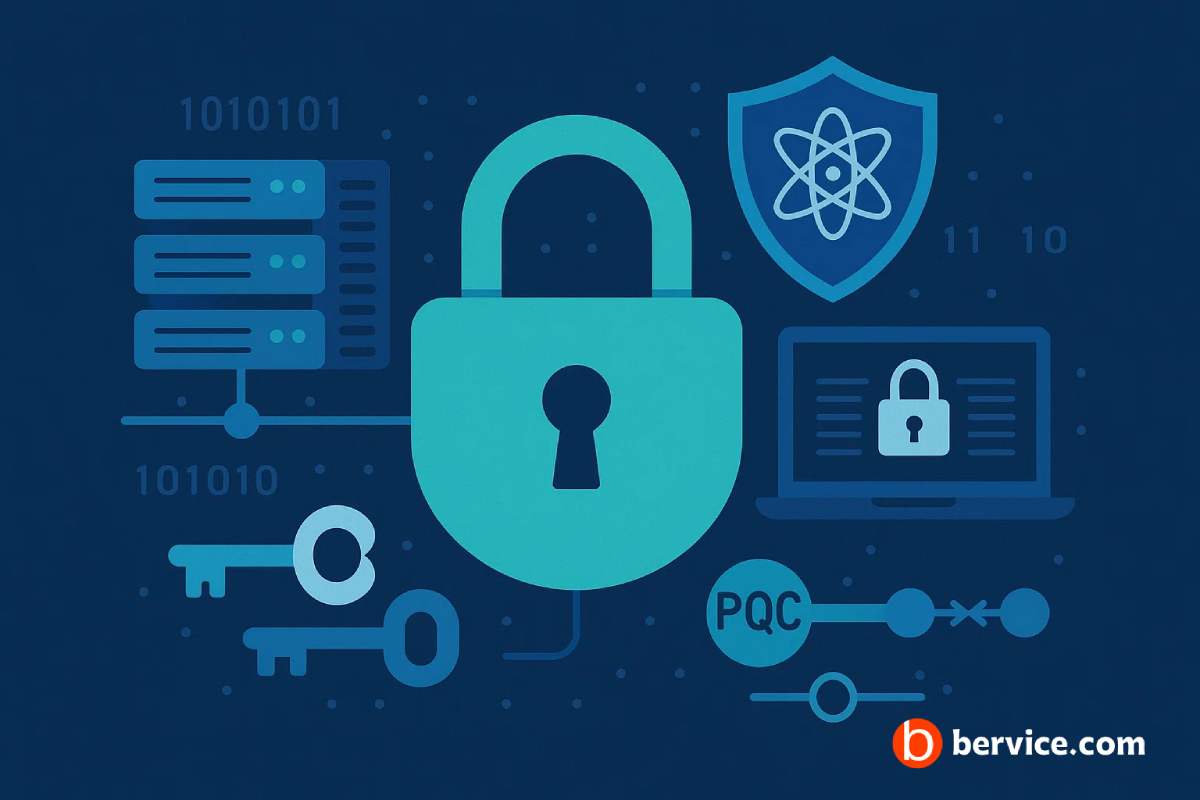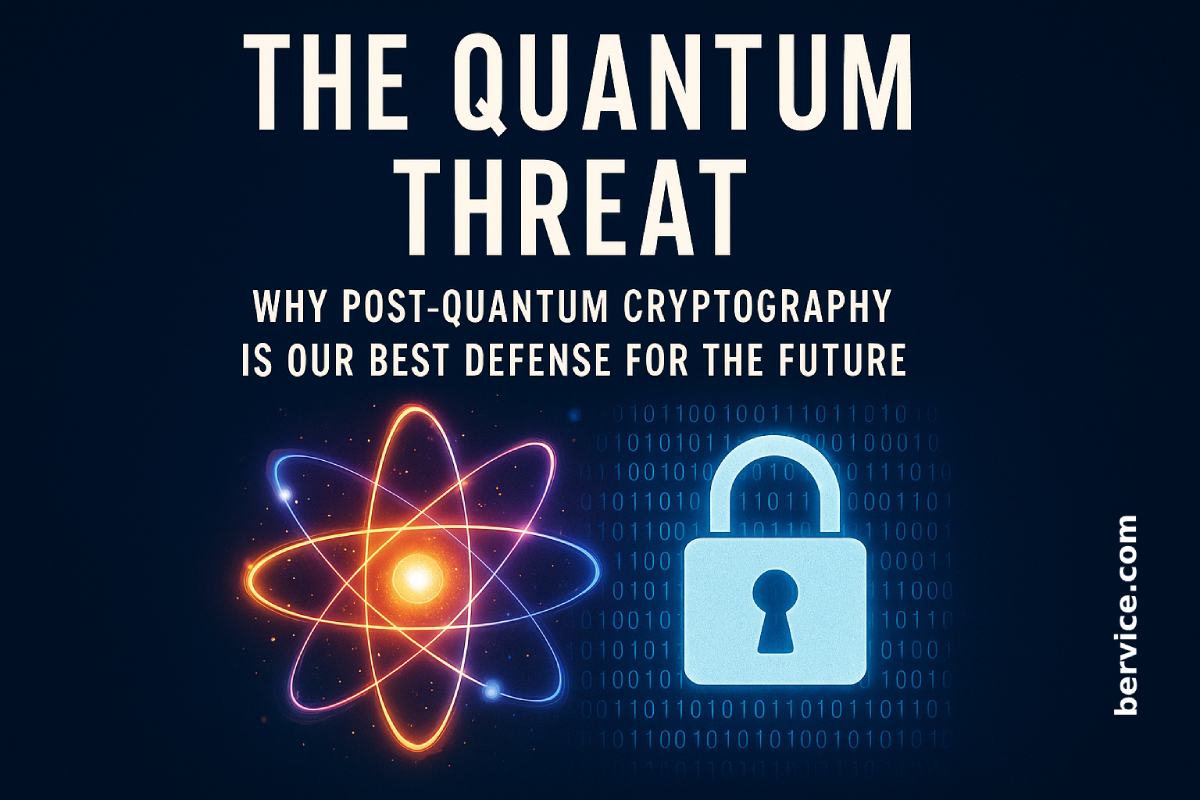
As quantum computing continues its steady march toward practicality, the digital infrastructure that secures our global communications, banking, military, and private data is under unprecedented threat. Quantum computers are not just another leap in processing power—they represent a fundamental shift that could render today’s encryption obsolete in a matter of minutes. Preparing for this looming challenge means rethinking our approach to security from the ground up. This is where Post-Quantum Cryptography (PQC) comes in.
The Threat from Quantum Computers
Conventional encryption systems like RSA, ECC, and DH rely on the computational difficulty of problems such as integer factorization and discrete logarithms. These are problems that current computers take thousands of years to solve. However, quantum algorithms—specifically Shor’s algorithm—can solve them in polynomial time, breaking the security foundations of these algorithms entirely. Even symmetric algorithms like AES face threats from Grover’s algorithm, which can halve their effective key lengths.
This quantum threat isn’t just theoretical. Tech giants and national security agencies are already investing heavily in quantum hardware, and while large-scale quantum computers are not yet ready, it’s only a matter of time before their power becomes a real risk to legacy systems. The real danger lies in “harvest now, decrypt later” attacks, where encrypted data is stored today and broken once quantum machines are powerful enough in the future.
The Rise of Post-Quantum Cryptography
To address this, cryptographers have been developing encryption schemes that are secure even against quantum attacks. This emerging field—known as Post-Quantum Cryptography—uses mathematical problems that are resistant to both classical and quantum attacks, such as lattice-based, code-based, multivariate, and hash-based schemes.
In July 2022, the National Institute of Standards and Technology (NIST) announced the first group of algorithms that will become the standard for post-quantum cryptography. Notable among them are:
- CRYSTALS-Kyber (for key encapsulation)
- CRYSTALS-Dilithium (for digital signatures)
- SPHINCS+ (a hash-based signature scheme)
These standards will form the basis for secure communication protocols in the post-quantum era.
Strengthening Today’s Infrastructure
The transition to PQC is not just about new algorithms—it’s about future-proofing entire ecosystems. Organizations and governments must start by inventorying cryptographic assets and identifying systems that depend on quantum-vulnerable encryption. The process of migrating to PQC involves not only technical updates but also compliance, risk assessment, and workforce training.
Hybrid approaches are already in use: pairing traditional encryption with post-quantum algorithms to ensure forward secrecy. Additionally, zero-trust architectures and quantum-resistant VPNs are becoming crucial components of secure enterprise systems.
A Call to Action
The quantum future may be inevitable, but its impact is not beyond control. By acting now—adopting post-quantum standards, modernizing digital infrastructure, and supporting global collaboration in cryptographic research—we can turn the quantum threat into a managed challenge rather than a devastating surprise.
Post-Quantum Cryptography is not just an upgrade—it’s a paradigm shift in cybersecurity, and it begins today.
Connect with us : https://linktr.ee/bervice
